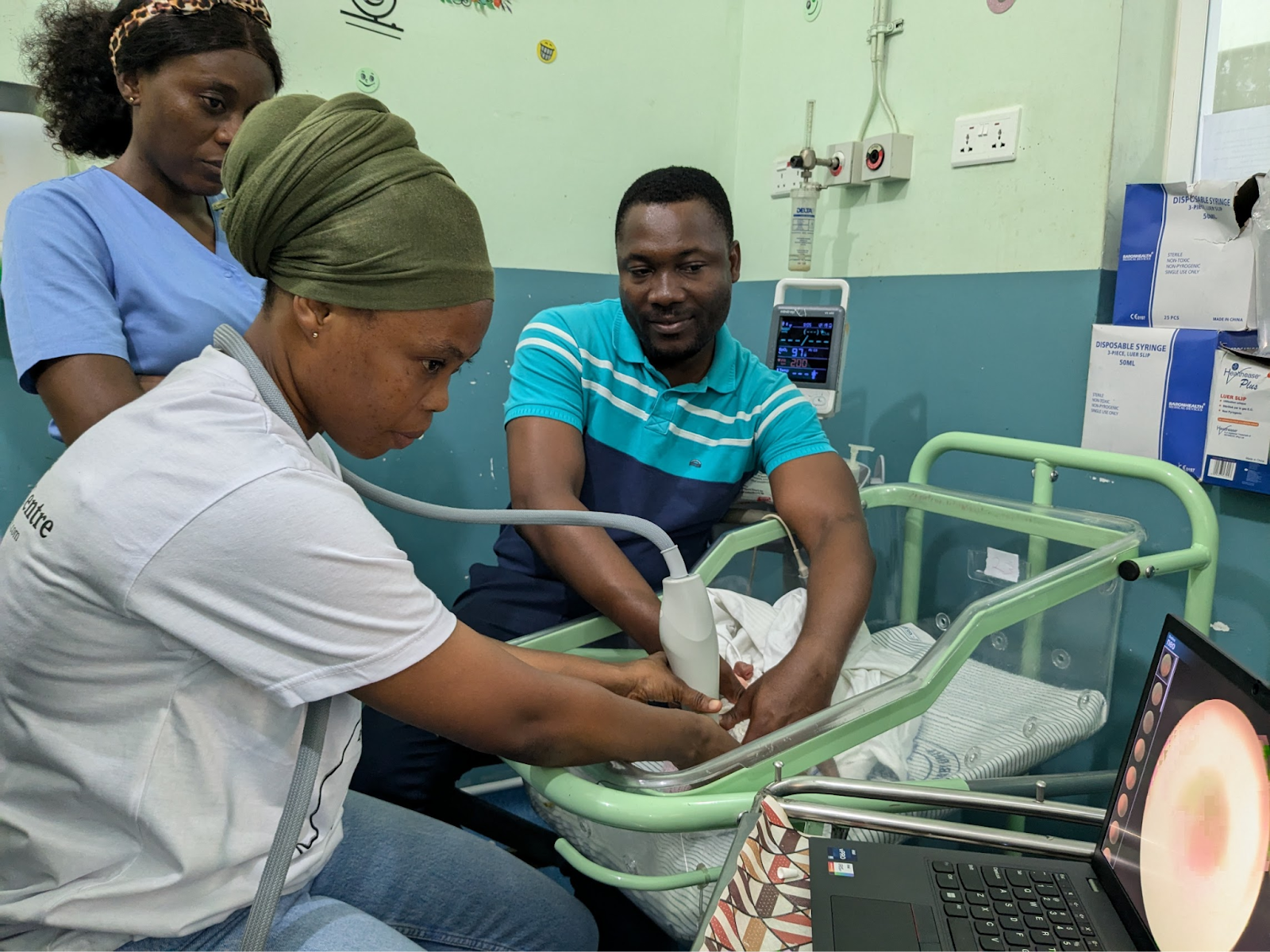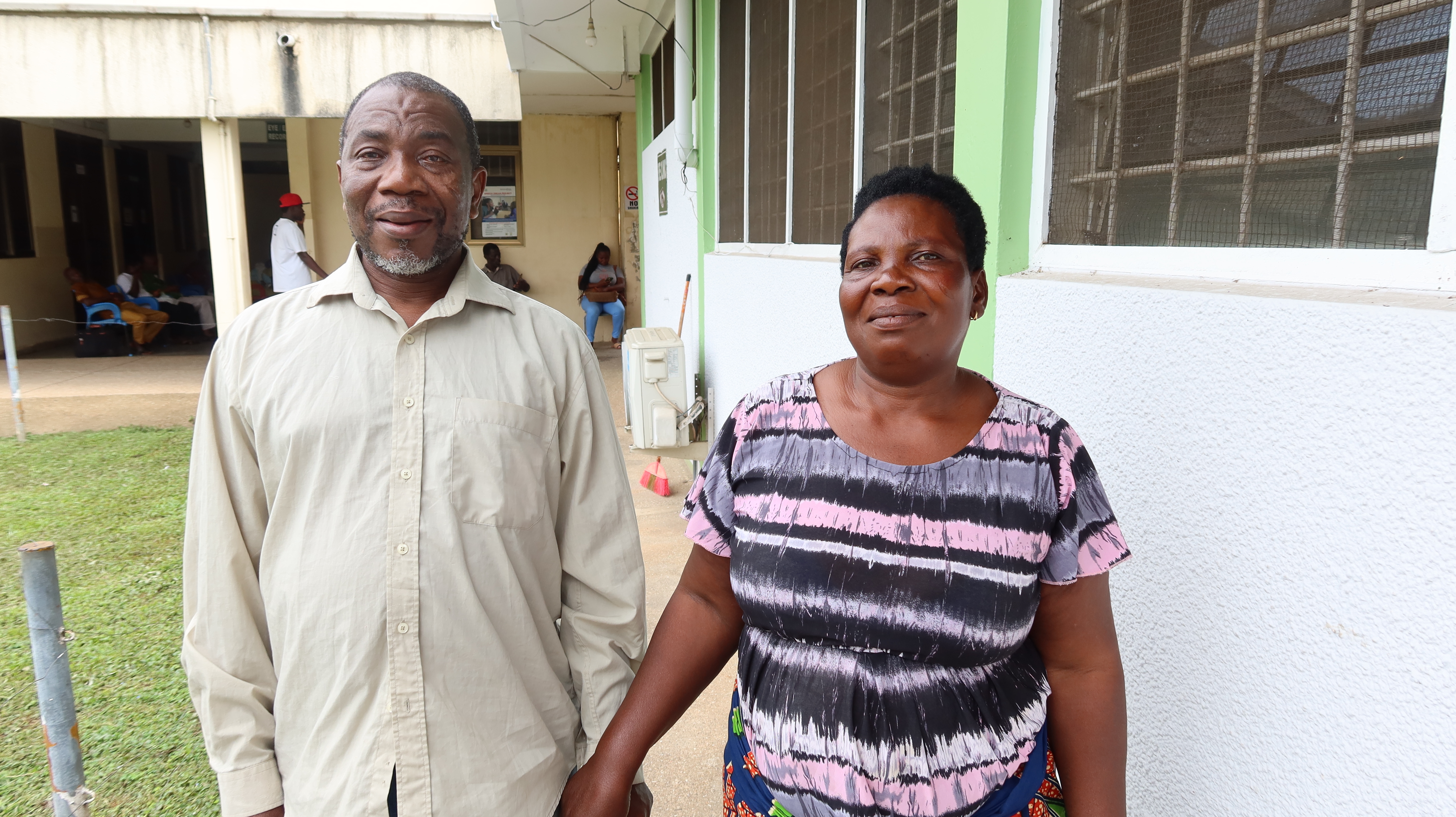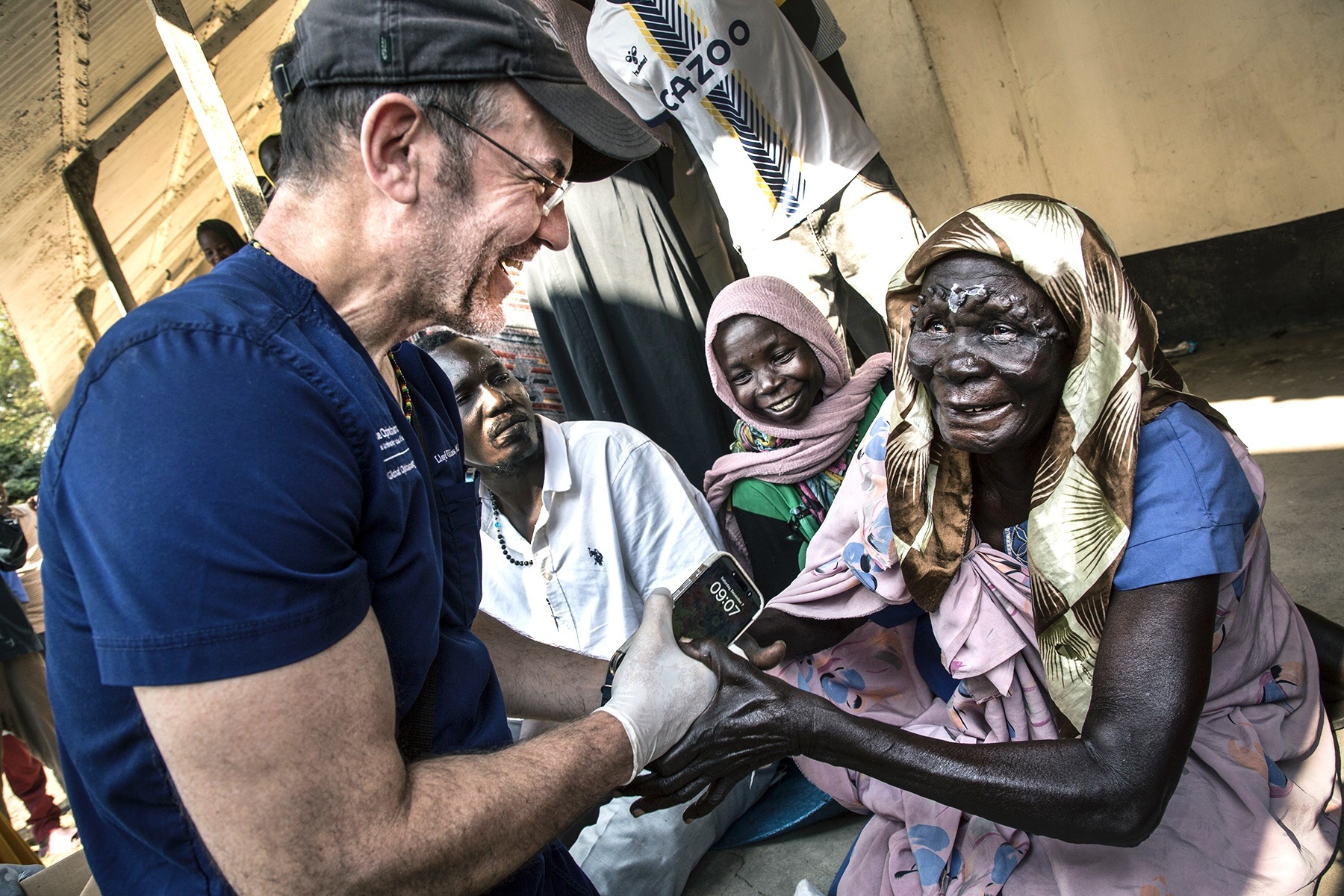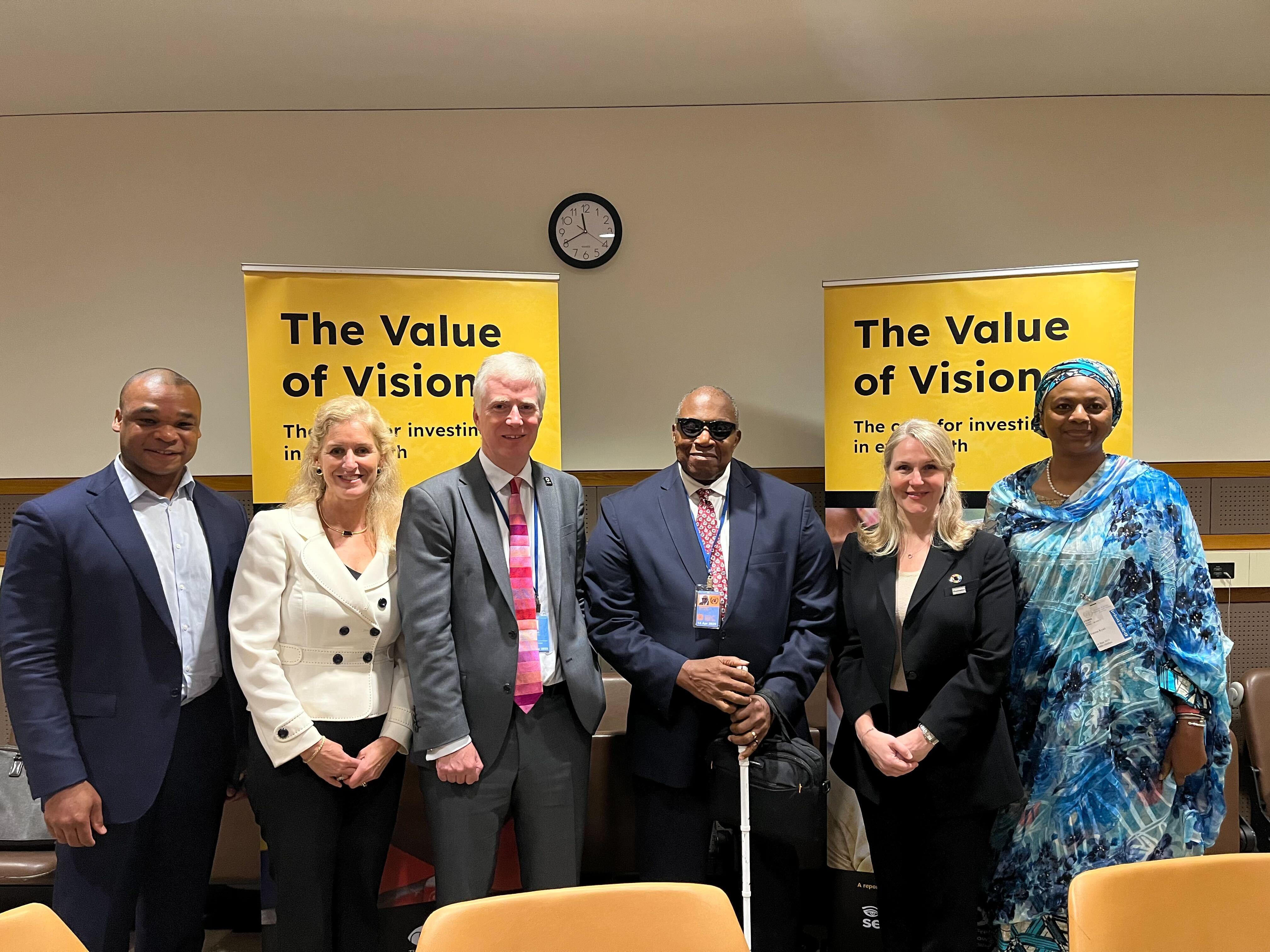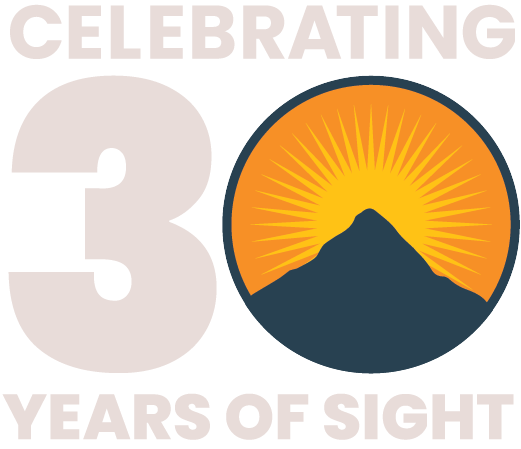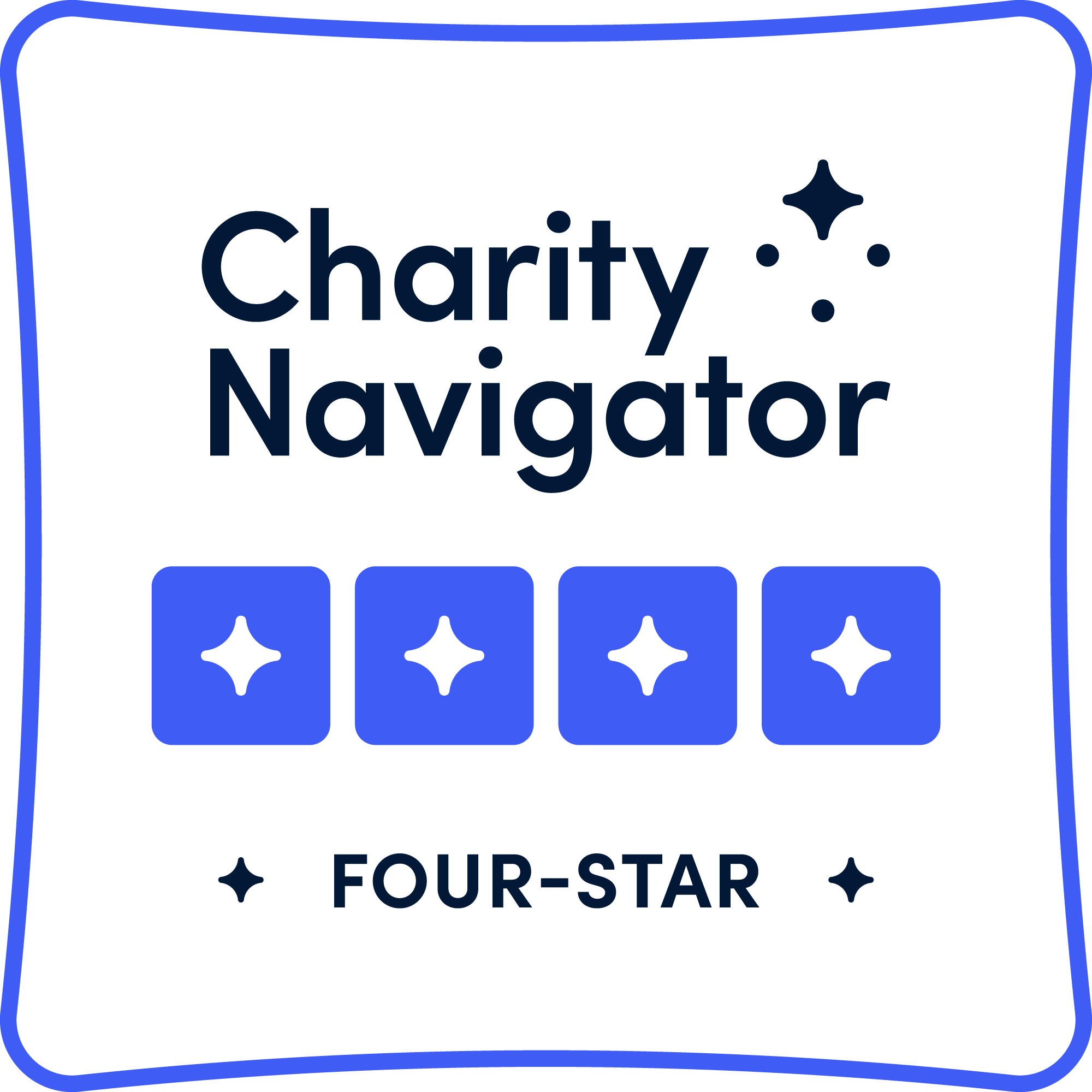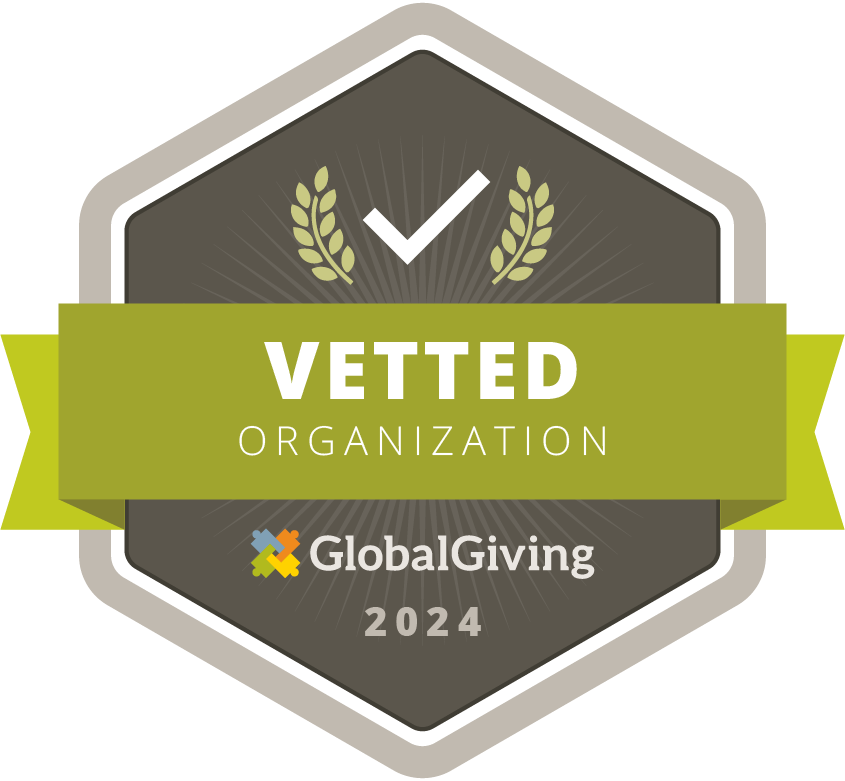Zero Blind Babies: Feature from Stanford Center for Innovation in Global Health
This Stanford-Cure Blindness Project partnership is connecting Ghanaian healthcare professionals and researchers with Stanford ophthalmologists to establish systems for diagnosing and treating retinopathy of prematurity, ensuring premature infants receive timely care to prevent blindness.
At a neonatal intensive care unit in Kumasi, Ghana, Stanford medical student Sarthak Shah had difficult news to share with a young mother and the tiny infant swaddled on her back, brown eyes framed by a white cap and bow.
The premature baby, now a few weeks old, weighed barely two pounds at birth and was at risk for an eye disease that can cause permanent blindness if not promptly treated. The mother lived a challenging four-hour bus ride away and was reluctant to return for screenings due to travel costs.
Shah urged the mother to return and offered to reimburse her bus fare. She agreed, and Munira, a locally trained community health worker, took images of the baby’s retinas, which were sent via telemedicine to both a local ophthalmologist and a Stanford vitreoretinal surgeon who devoted his career to this particular disease. They confirmed that the infant’s disease had worsened and that she needed immediate treatment to avert blindness.

Now, a growing partnership between Cure Blindness Project-trained Akwasi Ahmed, MD, a pioneering vitreoretinal surgeon in Ghana, and Stanford ophthalmology faculty, residents, and medical students is providing low-cost screening and treatment to babies so that parents never hear this diagnosis.
Read the full story about the Zero Blind Babies project here.
Reprinted with permission from the Stanford Center for Innovation in Global Health
